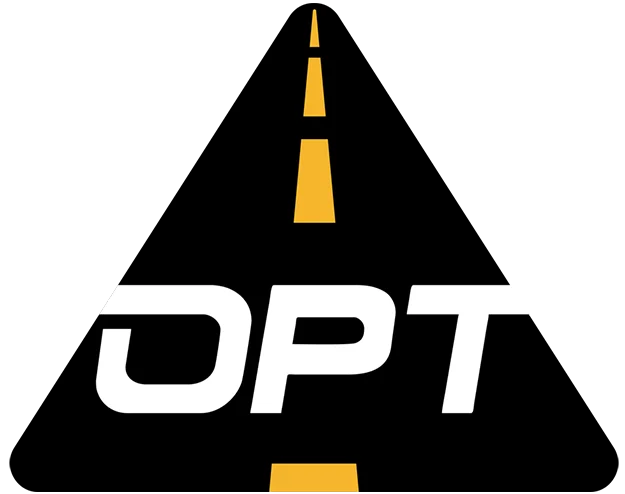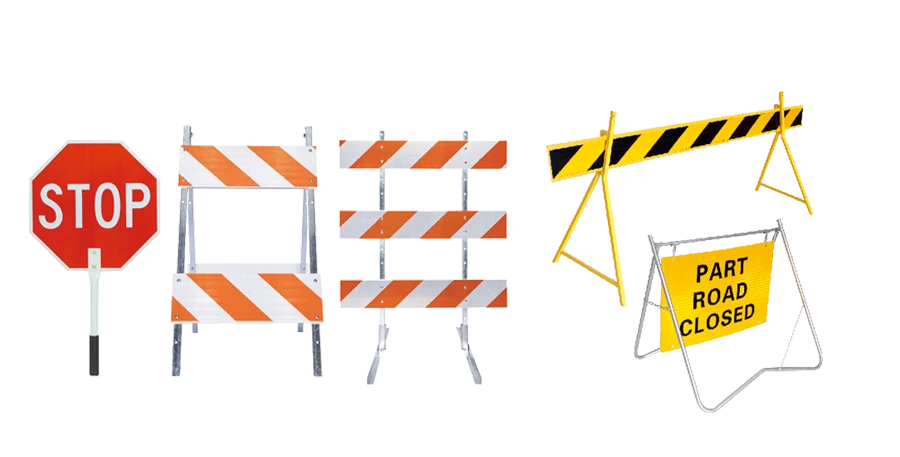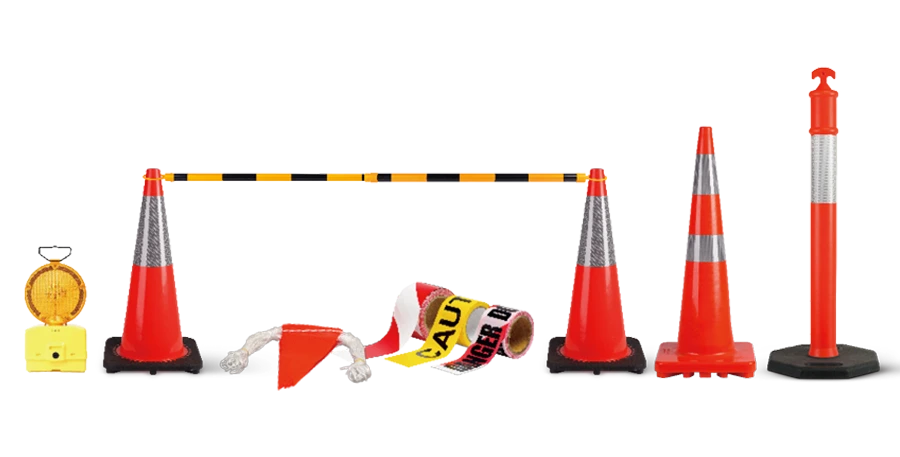Forklift Safety: How to Safely Operate Forklifts and Use Safety Cones to Prevent Accidents
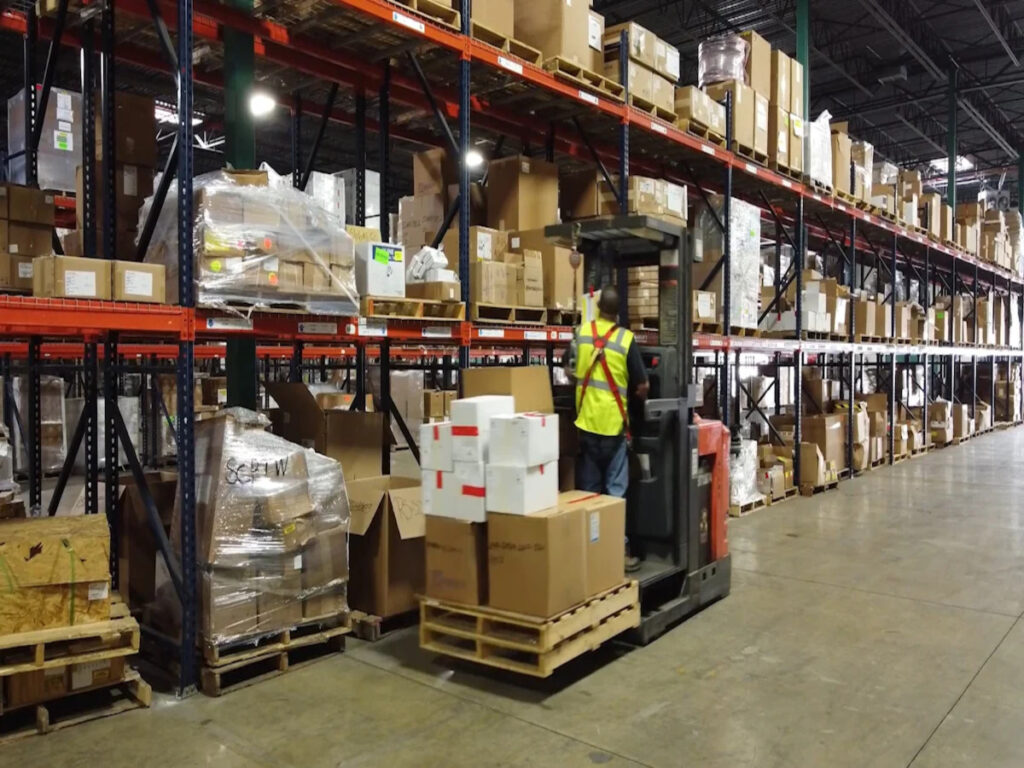
Forklift overturning is one of the most dangerous hazards you may encounter. It accounts for approximately 25% of all forklift accidents. These incidents often occur when operators take sharp turns, drive on uneven surfaces, or exceed the forklift’s load capacity. To reduce this risk, always operate at safe speeds, avoid abrupt movements, and ensure loads are balanced properly. Wearing a seatbelt is also critical for your safety during a tip-over.
Enhancing Construction Site Safety with a Safety Management System (SMS): The Role of Safety Cones and Key Strategies for Leadership
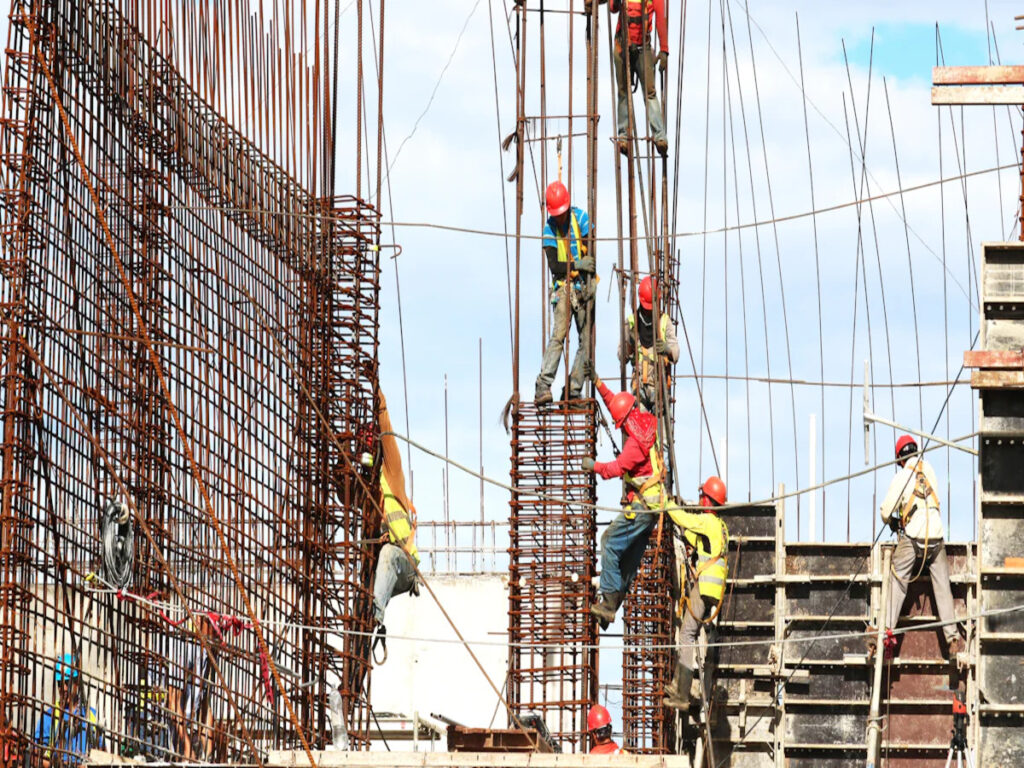
A safety management system helps you identify and manage risks effectively on construction sites. Weighted safety cones play a vital role in preventing accidents and organizing work zones. Their stability and visibility reduce hazards in high-traffic areas. Leadership commitment ensures safety protocols are followed and fosters a culture of accountability. Proactive leadership, such as addressing hazards promptly and empowering workers, strengthens safety practices. By prioritizing safety as a core value, you create a safer environment for everyone on-site.
Exploring the 4 Common Traffic Control Devices of 2025
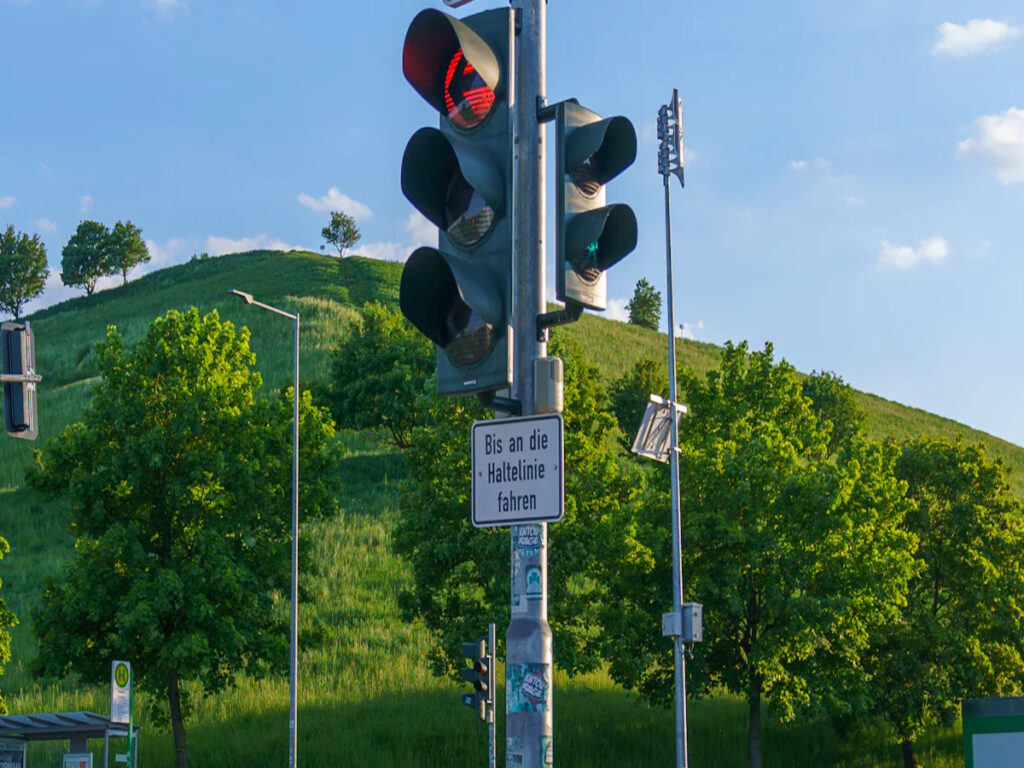
Traffic control devices play a vital role in keeping roads safe and efficient in 2025. These tools guide drivers, reduce accidents, and improve traffic flow. Recent advancements in technology have revolutionized traffic management.
Everything You Need to Know About OSHA: Key Rules, Standards, and How Traffic Cones Help Ensure Compliance
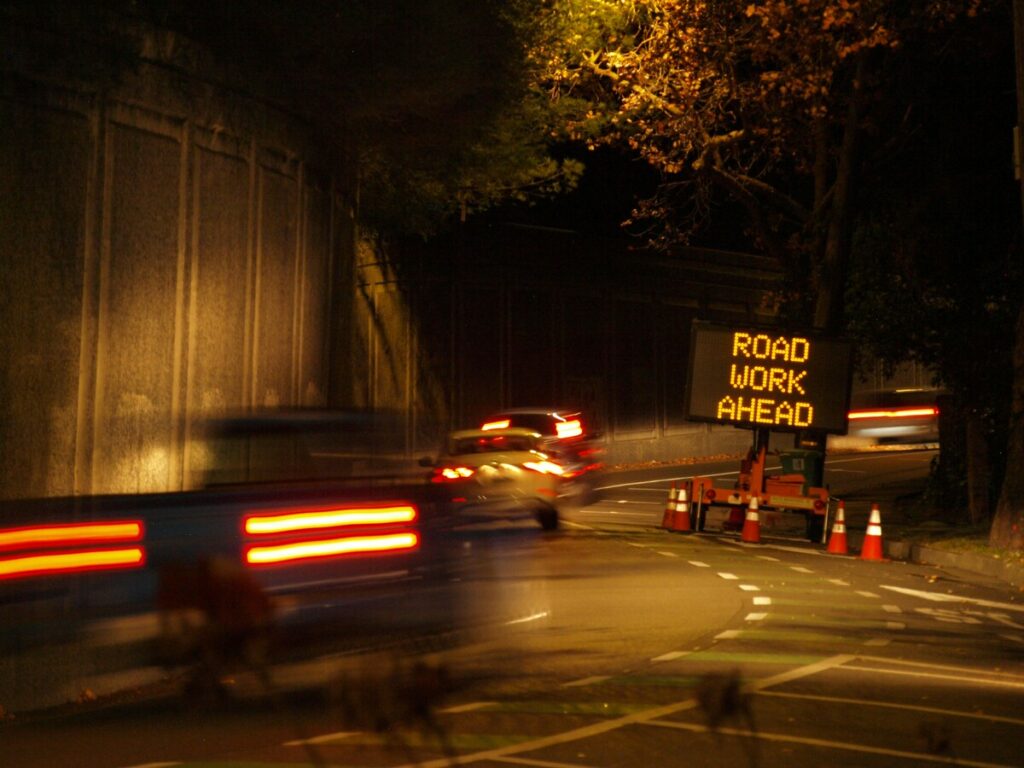
Workplace safety remains a top priority for every industry. OSHA standards have significantly reduced workplace injuries and fatalities over the years. For example, in 1970, the injury rate was 10.9 per 100,000 workers, compared to just 2.7 in 2022. These improvements highlight the importance of adhering to OSHA guidelines. Traffic cones for road work play […]
Exploring the Best Materials for Delineators: Durability, Functionality, and Cost
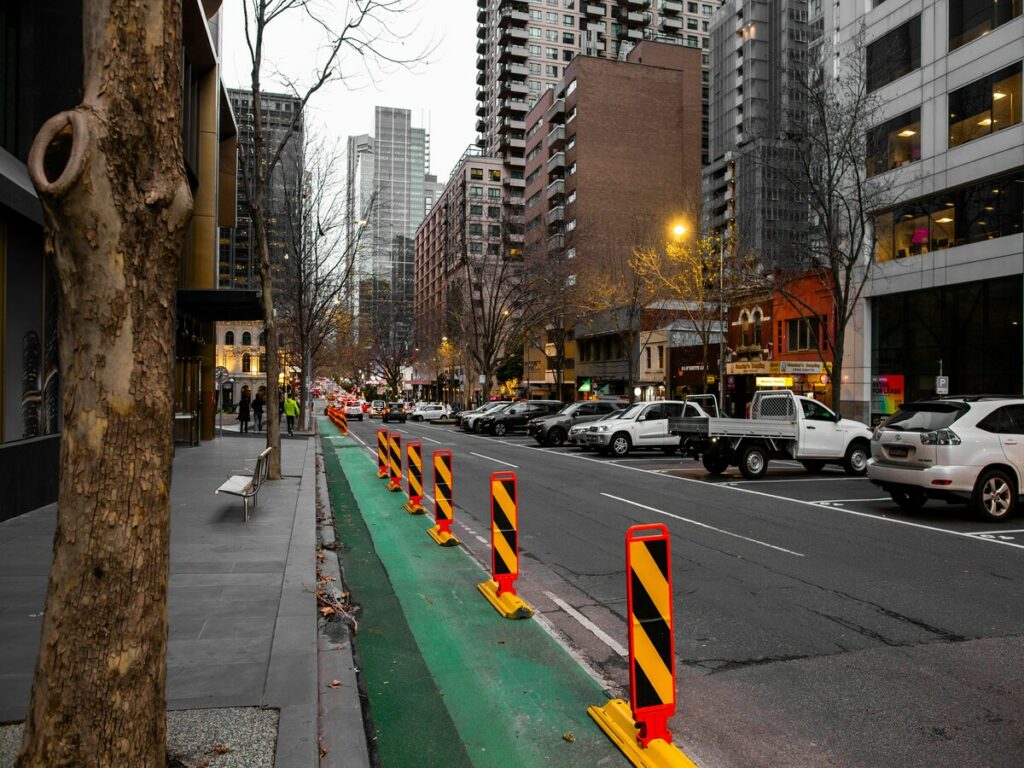
Choosing the right materials for lane delineators plays a critical role in ensuring road safety and efficiency. These tools guide drivers, improve visibility, and enhance pedestrian safety in various traffic scenarios. Studies show that effective traffic delineators can reduce accidents by up to 21 percent, with specific designs cutting crash rates by as much as 36 percent. You’ll find delineator posts in applications like construction zones, parking lots, and bicycle lanes, where they provide high visibility and clear direction. Different types of lane delineators, such as flexible posts or rigid barriers, cater to diverse needs, making material selection essential for durability and functionality.
Delineators vs. Traffic Cones for Safety and Traffic Control Needs

When managing traffic or ensuring safety, you need reliable tools to guide vehicles and pedestrians effectively. Delineators and traffic cones are two essential traffic control devices, each serving unique purposes. A delineator cone offers long-term guidance and durability, making it ideal for fixed applications. On the other hand, traffic cones excel in temporary setups due to their portability. Both tools enhance visibility and complement signage to create safer environments. Choosing the right option depends on your specific needs, whether for construction zones, event management, or emergency situations.
